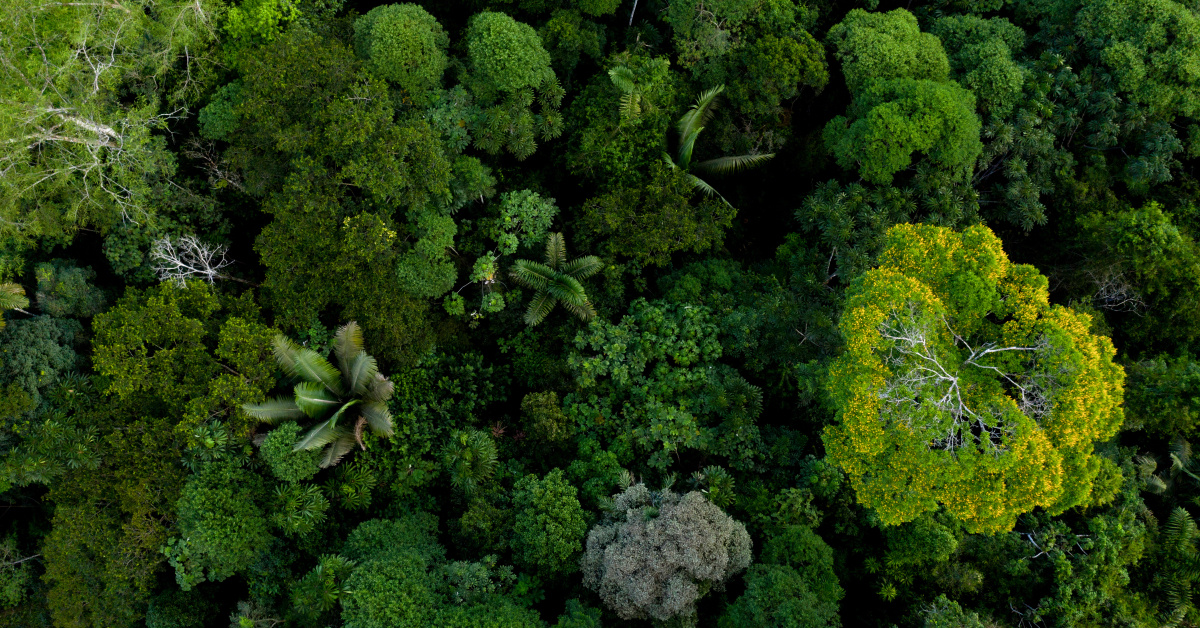Key knowledge gaps to address for reducing species extinction risk
11 June 2024 | By: Newcastle University | 2 min read
Amidst the ongoing extinction crisis, threat mapping is a key tool for identifying and mitigating direct threats to species. However, the distribution of research efforts in this field remains uneven, with significant gaps in geographic and thematic coverage.
New research led by Newcastle University scientist Dr Francesca Ridley, published in the journal ‘Conservation Biology’, provides insights for more effectively targeting conservation efforts. Read on to discover more about Francesca’s vital research.
Contents:
-
The importance of threat mapping
-
Key findings: drivers and gaps in research effort
-
Factors behind the mismatches
-
Implications for conservation research
-
Moving forward
The importance of threat mapping
Threat mapping involves visually representing the geographical overlap of wild species and the human-driven pressures that threaten their survival. This method allows conservationists to pinpoint where interventions are most needed.
Despite its potential, there has been a lack of systematic analysis to determine whether research efforts align with conservation needs.
Key findings: drivers and gaps in research effort
Our analysis identified substantial mismatches between research effort and threat abatement potential. Tropical regions in the Americas, Asia, and Madagascar, particularly in relation to agriculture and biological resource use, are notably under-researched relative to their high threat abatement potential. Conversely, threats such as linear infrastructure in various regions and biological resource use in sub-Saharan Africa receive disproportionately high research effort.
We utilised a negative binomial generalized linear model to assess the drivers of research effort in threat mapping. The model considered several factors, including threat abatement potential (the potential reduction in species extinction risk from addressing threats), species richness, land area, and human pressure. The findings revealed that while threat abatement potential did influence research effort, species richness and land area had a greater effect.

A series of maps showing environmental threats compared to their Relative Research Effort (RRE)
Factors behind the mismatches
Several methodological and sociopolitical factors contribute to the observed mismatches. For instance, the relative ease of studying linear infrastructure, due to its observability and accessibility, may drive the higher research effort in this area. In contrast, the elusive nature of biological resource use, which lacks a permanent observable footprint, makes it harder to study and map.
An intriguing exception to this is biological resource use sub-Saharan Africa, for which a bias towards higher research effort was found. This could be influenced by a stereotyped view of the region's conservation challenges. The international perspective often emphasises trophy or wild-meat hunting, while overlooking other significant threats. Furthermore, research in Africa tends to be conducted at a multinational scale, which can inflate the number of studies without necessarily addressing the most pressing threats in specific countries.
Implications for conservation research
Our study underscores the need for a more strategic approach to threat mapping. By aligning research efforts with areas and threats that have the highest potential for reducing species extinction risk, conservationists can more effectively allocate resources and drive impactful action. This alignment is crucial not only for filling existing knowledge gaps but also for ensuring that limited conservation resources are directed towards the areas they could have the greatest benefit.
Moving forward
Our study offers a data-driven framework for assessing and directing future conservation research efforts. By identifying the areas where research can have the most significant impact on reducing extinction risk, this approach supports the goals of the Kunming-Montreal Global Biodiversity Framework, which aims to halt and reverse biodiversity loss by 2030. Better and more accessible information on threats to species will inform action against Targets 1-8, which seek to reduce the direct threats to species, and reduce species extinctions.
You might also like
- read the full paper: Ridley, F.A., Rushton, S.P., Hickinbotham, E.J., Suggitt, A.J., McGowan, P.J. and Mair, L., 2024. Global mismatches between threat mapping research effort and the potential of threat abatement actions to reduce extinction risk. Conservation Biology, p.e14271.
- find out more about Dr Ridley’s work on ResearchGate
- discover more about Newcastle University’s work in conservation and sustainability through One Planet
